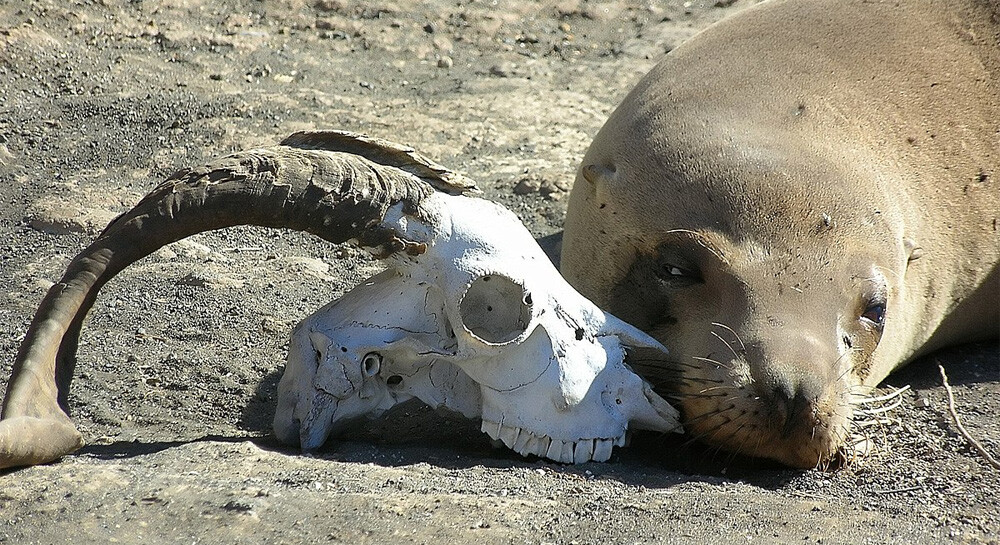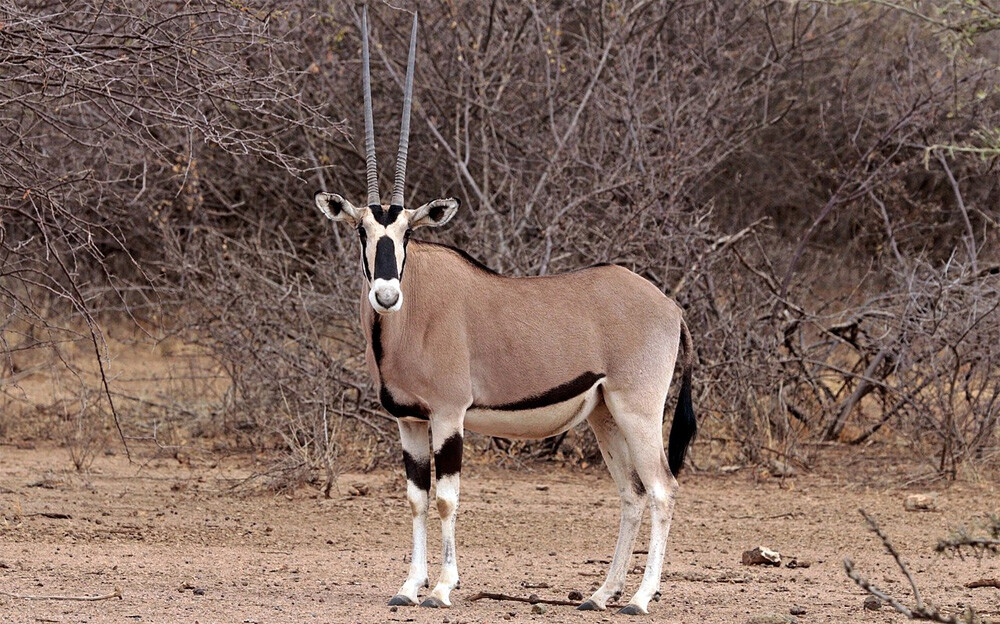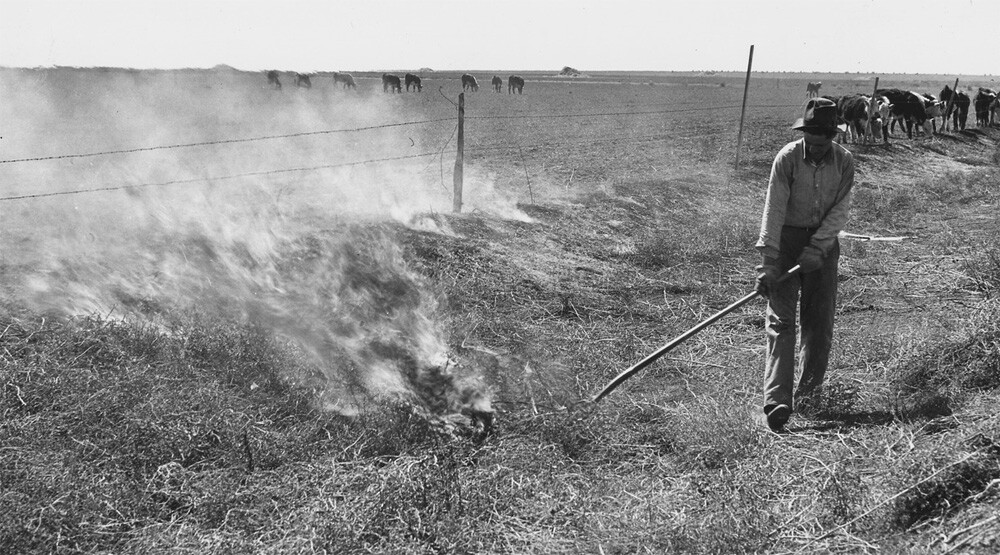5 Delightful Species Secretly Ruining Everything

You know the usual story behind invasive species. Someone brings a pair of vampire frogs to a country that strictly bans them, and next thing you know, every citizen is walking around with two punctures on their throats. But these animal interlopers aren’t always the obvious culprits. Sometimes, they’re the very creatures you would have sworn we should be fighting to protect.
Honeybees
If you’ve heard anything about honeybees during the past decade, it’s that they’re underappreciated keystones behind the entire ecosystem. They’ve been suffering from colony collapse disorder, and the collapse of the honeybees may mean a collapse of everything because bees are mass pollinators responsible for making all flowers bloom.
Don't Miss
But the environment could get by just fine without honeybees. We know this because in North America, it did get by just fine without honeybees, for millions of years. Settlers introduced honeybees to North America from Europe in the 17th century, with the goal of making honey. Honeybees are agricultural animals, not wild animals. You might even call them domesticated animals. They’re good at pollinating crops, which makes them important to us, but that’s not the same as being important to the environment.

Wild bees, not honeybees, are the ones out there pollinating wild plants. Wild bees might not be as cute as the honey variety — they might look like flies or be tiny and green — but they’re the ones who really matter. When honeybees enter the wilderness, they compete with wild bees and might leave them starving, so if you were planning on releasing a jar of honeybees into the woods, please don’t.
Earthworms
Earthworms are another animal whose ecological importance everyone knows about. Worms are kind of gross when they all pop out of the ground after rain and inconsiderately burst open when you step on them, but we all know they’re essential in producing soil, by eating corpses and stuff and pooping out pure earth.
But this is another example where agriculture is not the same as nature. Earthworms were introduced to North America — in the 18th century, and by accident, just arriving in dirt that people brought over — and while they’re nice for your garden, they’re bad for forests. Earthworms quickly turn leaf litter into soil, and while that sounds great, that’s not what the animals or plants there want. Take a look at the photos below. Which one do you think is the forest with worms?

It’s the one on the left. Worms mess with the forest’s understory, which is an important layer and just an overall cool word. Worms in a forest are roughly as beneficial as worms in your dog’s intestines.
Goats
Goats are adorable and a useful kind of livestock. Plus, goats eat anything, and that sounds like good news, since they can gobble up our trash. But what happens when you bring omnivorous goats to anywhere other than a dump full of our garbage? They eat a bunch of stuff that’s not garbage, and that’s not great for anything else living there. So, when explorers introduced goats to the Galápagos centuries ago, that was pretty terrible for one of the most magical places on Earth, and especially terrible for all the tortoises.
By 1997, the islands had some 100,000 goats, making ecologists really want to kill them off. And ecologists largely did so, by shooting the goats from a helicopter, which is the most efficient way of killing animals short of dropping explosives. At this point, however, the task became more difficult because the remaining goats were hard to find. Goats are sneaky, and it just wasn’t practical for teams of hunters to comb the entire archipelago.
So, the team turned to a foolproof tool: betrayal. They took one goat and outfitted it with a radio collar. They let it loose on the islands and let it find other goats, as goats are wont to do. Then they’d follow the signal to the herd and gun the lot of the them down. They’d spare the Judas Goat, however. They needed him to help them kill more.

Oryx
If all you know about the food chain comes from The Lion King, you’ll say that when antelope are around to be eaten, that’s how we know everything’s running fine and the economy’s chugging along as intended. When the antelope vanish, possibly because the scarred usurper king instituted communism, that’s when you have a problem.
And yet, oryx (a type of antelope) are an invasive species. Not in Africa but in New Mexico, where they were introduced in the 1970s, for reasons that made sense to people at the time. A new type of big game could make for a great hunting opportuning, reasoned people back then. It was illegal to release imported animals into the wild, due to the whole “invasive species” thing, but it was legal to import animals to zoos, and it was legal to release the offspring of zoo animals to the wild. So, they released some oryx born in the Albuquerque Zoo to a missile range, where hunters could kill them.
The oryx thrived and multiplied because while New Mexico might be a desert, it’s lush compared to the Kalahari, and it contains approximately zero wild lions. New Mexico has mountain lions, but they suck at killing oryx. That means now, national parks in New Mexico have to erect border walls to keep the oryx from getting in and taking over, and hunters are encouraged to take up arms and do their part.

Tumbleweed
Speaking of the Southwest, tumbleweeds are an iconic part of any Western. If you stage a school play set in the Old West, it is mandatory to assign at least one child to the role of “tumbleweed,” especially if you have a couple students who aren’t very good at remembering lines. But the tumbleweed is a nasty plant, offering no use to us whatever but offering lots of trouble.
In its most familiar form, the tumbleweed is a hunk of dead tissue, useless for grazing but great for spreading its own seeds. Farmers hate it because it rolls through fields and does millions in damages to crops. In cities, tumbleweeds collect on roads, blocking traffic and causing accidents. Also: tumbleweeds catch fire. When vegetation catches fire (as vegetation must, from time to time), a tumbleweed will capture a spark, roll far away and spread those flames beyond anything nature can manage.

This all makes more sense when you learn tumbleweed (also known as Kali tragus or windwitch) is not native to North America. It came here in the 19th century, when people were importing flaxseed. There was no easy way to separate the odd tumbleweed seed from the flaxseed, so as farms planted flax to make linen, tumbleweed spread.
Tumbleweed is a Russian species, and along with its many other names is this one: prickly Russian thistle. If you’ve ever feared that your neighbor may be a Russian plant, part of an invasion that threatens the West, you aren’t being paranoid. That very thing happened, and American culture was never the same.
Follow Ryan Menezes on Twitter for more stuff no one should see.